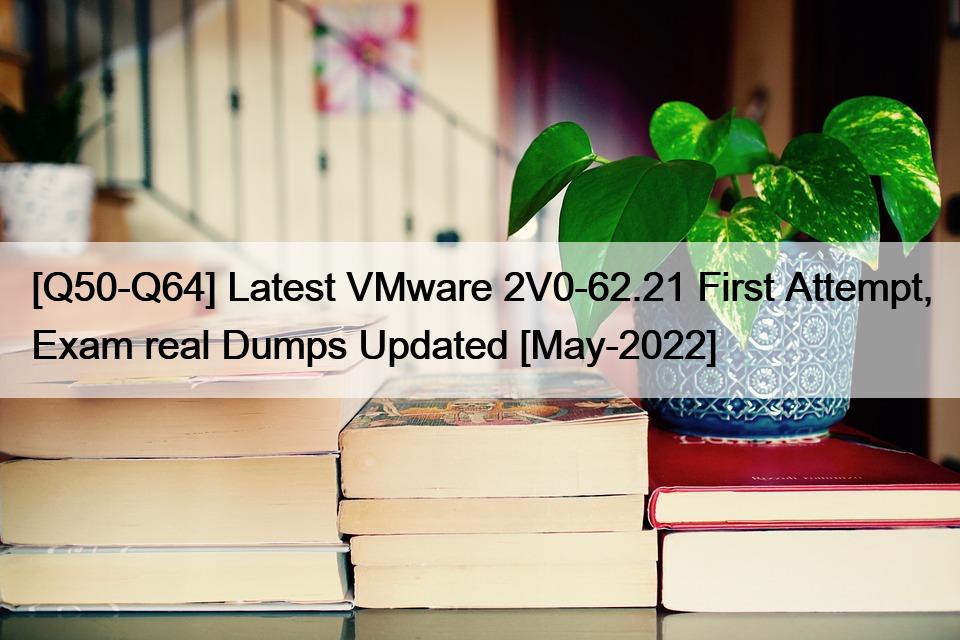3V0-21.21 Practice Test Questions Updated 90 Questions [Q49-Q64]
3V0-21.21 Practice Test Questions Updated 90 Questions
VMware 3V0-21.21 Dumps – Secret To Pass in First Attempt
VMware 3V0-21.21 Exam Dumps [2022] Practice Valid Exam Dumps Question: https://www.passtestking.com/VMware/3V0-21.21-practice-exam-dumps.html





